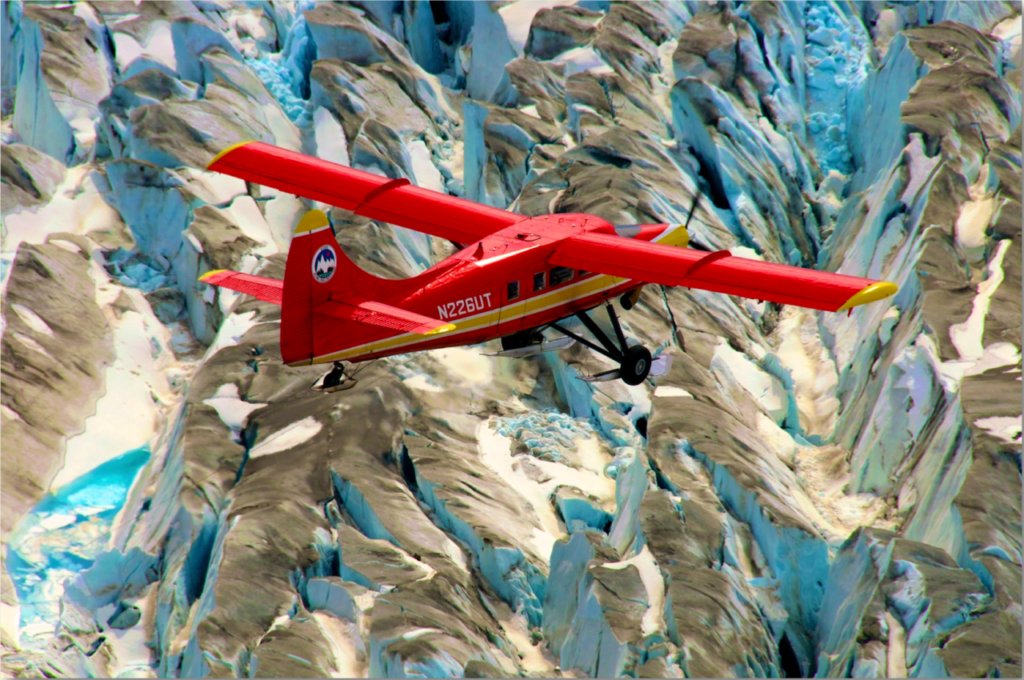LONDON – Ask someone to name a job in aviation and their likely answer would be ‘airline pilot’ or ‘flight attendant’. Yet there are many diverse careers in the aviation industry, ranging from critical safety roles to ultra-niche stunt performers.
In this article, Artemis Aerospace spotlights seven unusual jobs in the field of aviation.
Aviation is big business. It’s estimated the industry supports over 10 million jobs worldwide, generating billions of pounds of GDP. Although badly hit by the pandemic, aviation is recovering well, with passenger numbers climbing back towards 2019 levels. Commercial pilots and cabin crew are busy again, but so are many other industry professionals.
Here are seven surprising aviation jobs you might never have heard of…
1. Wildlife survey pilot
Fancy a spot of low altitude flying? Wildlife survey pilots get to fly close to ground level day in, day out, piloting conservationists and biologists as they conduct studies of wildlife and habitats.
Aerial surveys are carried out over oceans, too, offering these pilots some of the most spectacular views imaginable.
Within this niche profession is another category: polar pilots. These airmen and women fly above glaciers and icebergs, helping environmental scientists monitor the terrain for research purposes.
2. Skytyper
You’re probably familiar with the concept of skywriting, but have you heard of skytyping? As an advertising technique, skywriting dates back to the early days of aviation.
Hugely popular in the 1920s, messages were ‘written’ into the sky by aircraft whose exhausts are primed to release smoke.
Pilots with skywriting skills can still be hired today, however a more sophisticated (if expensive) technique has been developed: skytyping. Five aircraft are needed to release smoke dots into the sky at approximately 12,000 feet.
The dots join up to create an accurately ‘typed’ message that can be visible to millions of people on the ground. Messages can last several minutes depending on wind conditions.
Banned in the UK until 2020 due to safety concerns, skytyping is popular in many countries around the world, with prices starting at $25,000 for a single message. That’s a pretty astonishing way to blow a fortune!
3. Interior designer
Whether you’re cooped up in economy or sipping champagne on a private jet, your cabin will have been carefully designed by interiors specialists with intimate knowledge of the aircraft.
It’s always going to be a challenge to make a small dark cylinder appear spacious and comfortable, and, let’s be honest, that challenge is not always met.
But interior designers work hard to devise little hacks that will help make your flight more comfortable.
Positioning of headrests, reading lights, fabric choice, seat trims, charging points, touchless flushing in lavatories – all these little details are pored over as airlines compete to provide the best experience.
And for those who can afford it, there are always the private jets boasting hotel-style bedrooms with en-suite bathrooms, six-seat dining tables, libraries and cinema rooms. We can but dream…
4. Birdman
Birds can cause serious damage to an aircraft, especially larger fowl such as geese and gulls, with accidents most likely to occur during take-off or landing.
To combat the danger, some airports employ a birdman to patrol the tarmac and keep it free from feathered adventurers who might fancy roosting in the wing or obstructing the runway.
Techniques to scare birds include setting off fireworks, frightening them with lasers, or the good old-fashioned method of waving, clapping and shouting ‘Shoo’!
5. Hot air balloonist
The first ever balloon flight dates back to the 1780s. Centuries later it’s rare to see a hot air balloon flight, though you might just be lucky enough to look up on a still summer’s day and find a majestic balloon travelling across the skies.
To train as a hot air balloonist, you must take six written exams and have a minimum of 16 hours flying experience. Worldwide there are thousands of qualified hot air balloon pilots, with nearly 1,000 in the UK.
The passenger rides industry is thriving, with balloon flights a luxury present for milestone birthdays or anniversaries. Luckily most of these flights include a glass of champagne – perfect for settling the nerves as the burners fire up and the balloon lifts off.
6. Emergency parts supplier
When aircraft develop problems, they need fast solutions. Keeping a plane grounded is expensive and inconvenient, causing long delays for passengers and crew.
Aircraft technicians must be able to call on reliable suppliers to source exactly the right component and ensure it can be delivered anywhere in the world.
With this need in mind, a global network of aviation logistics experts has evolved, with companies such as Artemis Aerospace offering super-quick solutions to keep aircraft operating at optimum capacity.
It’s a job that involves top-level organisation and problem-solving, with no two days ever the same.
7. Wing walker
Imagine climbing from the cockpit of a 1940’s biplane, battling hurricane-strength winds to strap yourself to the upper wing, then performing acrobatic routines as the aircraft loops-the-loop. It’s enough to make most people feel queasy, but a few brave souls have made this their career.
Aeronautical display teams are in demand at airshows as well as corporate and charity events, and wing walkers often steal the show with their ability to smile and wave while onlookers gasp in admiration (or is that horror?).
As aviation jobs go, this has to be one of the most exhilarating!









